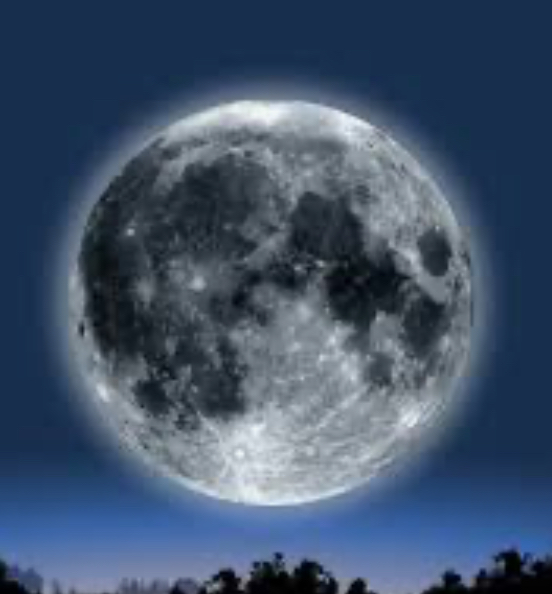Don’t miss tonight as August’s super blue moon takes center stage!
A super blue moon combines three lunar phenomena: a full moon, a blue moon, and a supermoon. A full moon occurs when the Earth, sun, and moon align, fully illuminating the moon as seen from Earth. A blue moon, contrary to its name, does not refer to the moon’s color; instead, it signifies the occurrence of two full moons within a single calendar month. This phenomenon is rare, happening approximately every two to three years, according to NASA, and accounts for about 3% of all full moons.
Seasonal blue moons also exist, which occur when a season has four full moons instead of the usual three, with the third full moon designated as the blue moon. August’s full moon falls into this category, with the next seasonal blue moon expected in May 2027.
The supermoon aspect refers to the moon’s orbit, which is elliptical rather than circular. This month, the moon will be closer to Earth, making it appear larger and brighter. The term “supermoon” was first coined by astrologer Richard Nolle in 1979, as “either a new or full moon that occurs when the moon is within 90% of its closest approach to Earth” according to NASA. Full supermoons are the biggest and brightest full moons of the year, appearing approximately 30% brighter and 14% larger than usual. This marks the first of four consecutive supermoons this year, a phenomenon that occurs three to four times annually.
August’s full moon is traditionally called the Sturgeon Moon, named by the Algonquin Native American tribes of the Great Lakes region, who noted that sturgeons—a type of large fish—were most plentiful in the lakes during this month.
NASA reports that the full moon will reach its peak on Monday at 1:26 p.m. CST (11:26 a.m. PDT) and will be visible for three days, from Sunday morning until early Wednesday morning. While the moon can be observed with the naked eye, Lowell Observatory in Arizona notes that viewers with telescopes or binoculars will be able to see increased detail on the lunar surface.
The occurrence of a super blue moon is quite rare. NASA explains that the combination of a supermoon and a blue moon is irregular, with intervals between occurrences potentially spanning up to 20 years, and averaging around 10 years. Although a super blue moon was observed recently in August 2023, the next ones are projected for January and March 2037, making it even more important not to miss tonight’s event.



















